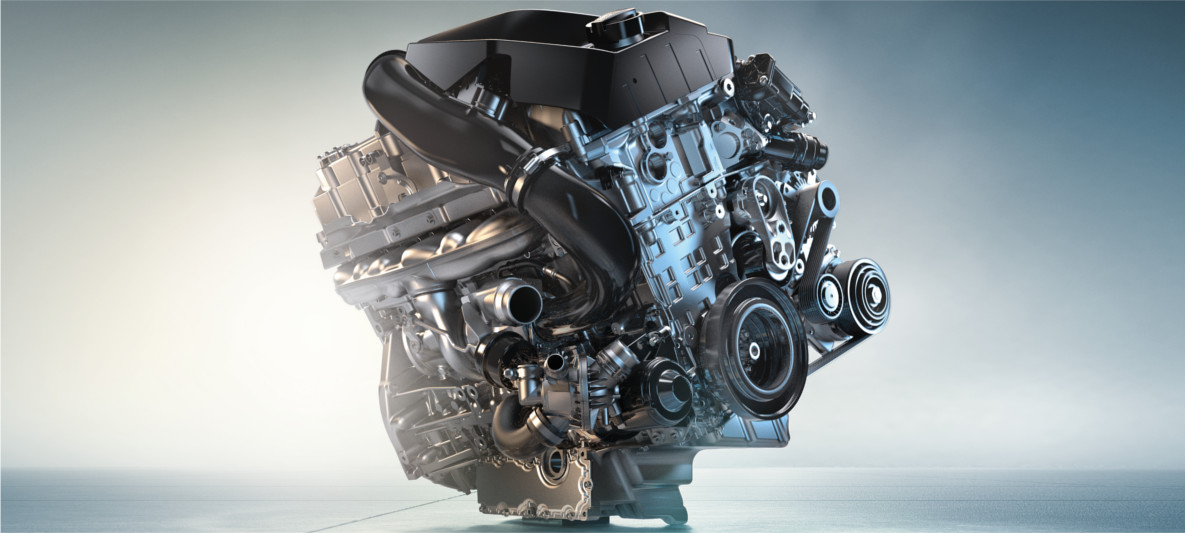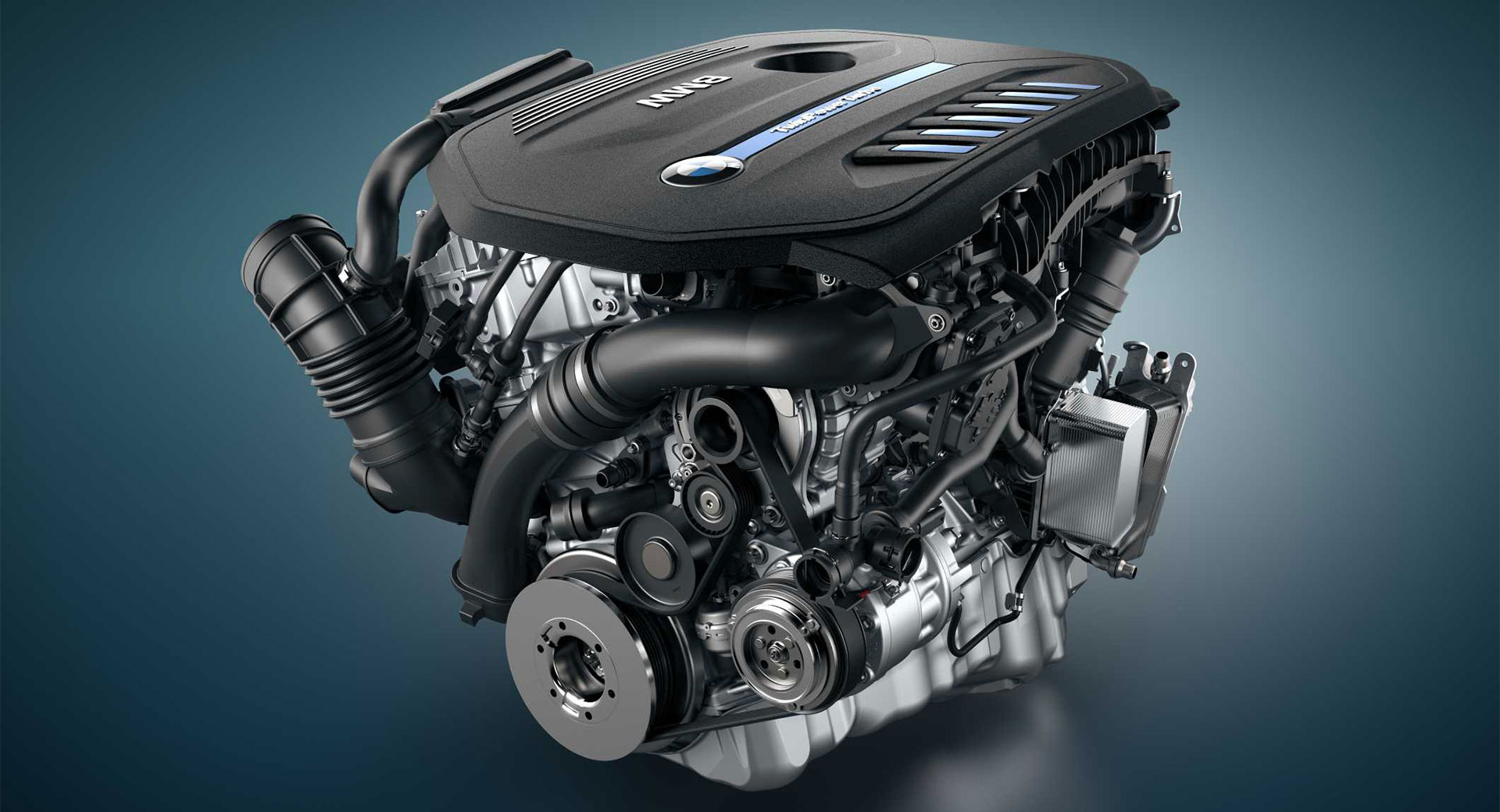Checking Out the Evolution of Combustion Engines in Modern Transport Systems
As we navigate the landscape of modern-day transportation, the evolution of combustion engines stands as a testimony to human resourcefulness and design expertise. The interaction of history, modern technology, and environmental concerns in shaping the trajectory of burning engines produces a story that is both informative and compelling.
Early Beginnings of Combustion Engines
How did the principle of burning engines first emerge in the very early stages of transportation advancement? The origins of burning engines can be traced back to the 17th century when the concepts of internal combustion were first discovered.
The development minute included the innovation of the initial successful gasoline-powered engine by Karl Benz in 1885 - bmw engine. This engine led the way for the development of the contemporary vehicle, revolutionizing transport systems worldwide. Succeeding technologies by Nikolaus Otto and Gottlieb Daimler further refined burning engine technology, causing the mass manufacturing of cars and the quick growth of the transport industry
These very early combustion engines were characterized by their simpleness and effectiveness, laying the foundation for the complicated and powerful engines made use of in modern transportation systems. The evolution of burning engines has actually contributed fit the way we take a trip and transfer goods, noting a significant milestone in the background of transportation advancement.
Change to Internal Combustion Modern Technology
The change to inner burning technology marked an essential change in the evolution of transport systems. This shift began in the late 19th century, with inventors like Nikolaus Otto and Gottlieb Daimler creating the first effective inner burning engines. These engines transformed transport by supplying a much more reliable and powerful choice to vapor engines and electrical motors.
Among the essential advantages of interior combustion engines was their ability to be scaled down to match cars, causing the development of vehicles and motorcycles. This shift from bulky, stationary engines to portable, mobile ones paved the way for the modern-day transportation systems we see today.
The change to inner combustion innovation likewise stimulated developments in gas modern technology, causing the growth of gas and diesel as main fuel resources for vehicles. This change not only made transport a lot more available to the masses however likewise laid the structure for the oil and gas industry to come to be essential to global economic situations.
Effect of Combustion Engines on Transport
The adoption of combustion engines in transport systems catalyzed a profound change in the performance and speed of international flexibility. Burning engines revolutionized transportation by giving a dependable and versatile resource of power for different automobiles, including automobiles, ships, trucks, and planes. This advancement substantially enhanced the ability for products and individuals to conform long ranges in much shorter timespan, leading to boosted connectivity between regions and nations.
Moreover, the prevalent use combustion engines has actually had a significant effect on economic growth. The capability to deliver products successfully has stimulated trade and commerce, permitting businesses to expand their markets and get to customers worldwide. This has actually assisted in financial development and globalization, as products can now be carried quicker and in larger quantities than ever in the past.
Nonetheless, the ecological effect of burning engines can not be neglected. The burning of fossil fuels has caused air pollution and greenhouse gas emissions, adding to environment adjustment and positioning health dangers to populaces. bmw engine. Consequently, there is a growing focus on creating alternate propulsion advice technologies to alleviate these negative impacts and produce a more sustainable future for transport
Innovations in Combustion Engine Style
Countless innovations in burning engine layout have actually driven the evolution of transportation systems over the decades. One remarkable technology is the development of turbocharged engines, which use exhaust gases to drive a wind turbine that compresses incoming air, permitting for more gas to be burned, resulting in boosted power output without a substantial increase in engine size. Furthermore, straight shot technology has boosted fuel effectiveness and efficiency by specifically managing the amount and timing of gas injected right into the burning chamber. Variable valve timing systems have likewise revolutionized engine layout by optimizing air flow at different engine rates, boosting both power and effectiveness. Another considerable improvement is the combination of light-weight materials such as carbon fiber and light weight aluminum alloys, minimizing total engine weight and improving lorry gas economic climate. Improvements in computer-aided design have made it possible for engineers to maximize engine performance and efficiency through simulations before physical prototypes are developed, conserving time and sources in the growth procedure. These technologies jointly add to the constant renovation of burning engines in contemporary transportation systems.
Future Patterns in Burning Engine Growth
With description innovation improvements driving continual innovation, the future of burning engine development is positioned to revolutionize transport systems around the world. One of the vital fads in combustion engine growth is the push towards greater performance and minimized emissions.
Another noticeable pattern is the fostering of crossbreed innovations in combustion engines. Hybrid engines incorporate standard combustion modern technology with electrical power, supplying boosted fuel performance and lower discharges. As the automobile market changes in the direction of electrification, crossbreed combustion engines are viewed as a transitional remedy that connects the void between traditional lorries and completely electric ones.
In addition, the combination of wise modern technologies, such as artificial intelligence and information analytics, is expected to play a significant role in the future of combustion engine growth. These innovations can enhance engine efficiency in real-time, resulting in much more effective combustion processes and enhanced total car performance. Embracing these future fads will certainly not just drive innovation in combustion engine advancement but also add to a more sustainable and environmentally pleasant transportation ecosystem.

Final Thought
To conclude, the evolution of combustion engines in modern-day transport systems has actually been marked by significant innovations in modern technology and design. From the very early starts of burning engines to the change to internal combustion technology, these engines have actually had an extensive influence on transport. Developments in burning engine layout continue to drive development in this field, with future patterns concentrating on further enhancing effectiveness and lowering emissions. The future of combustion engines in transport looks appealing as research study and growth efforts remain to press borders.
The origins of burning engines can be traced back to the 17th century check this site out when the concepts of interior burning were initial discovered. These engines transformed transportation by offering a more reliable and effective alternative to steam engines and electric motors.
